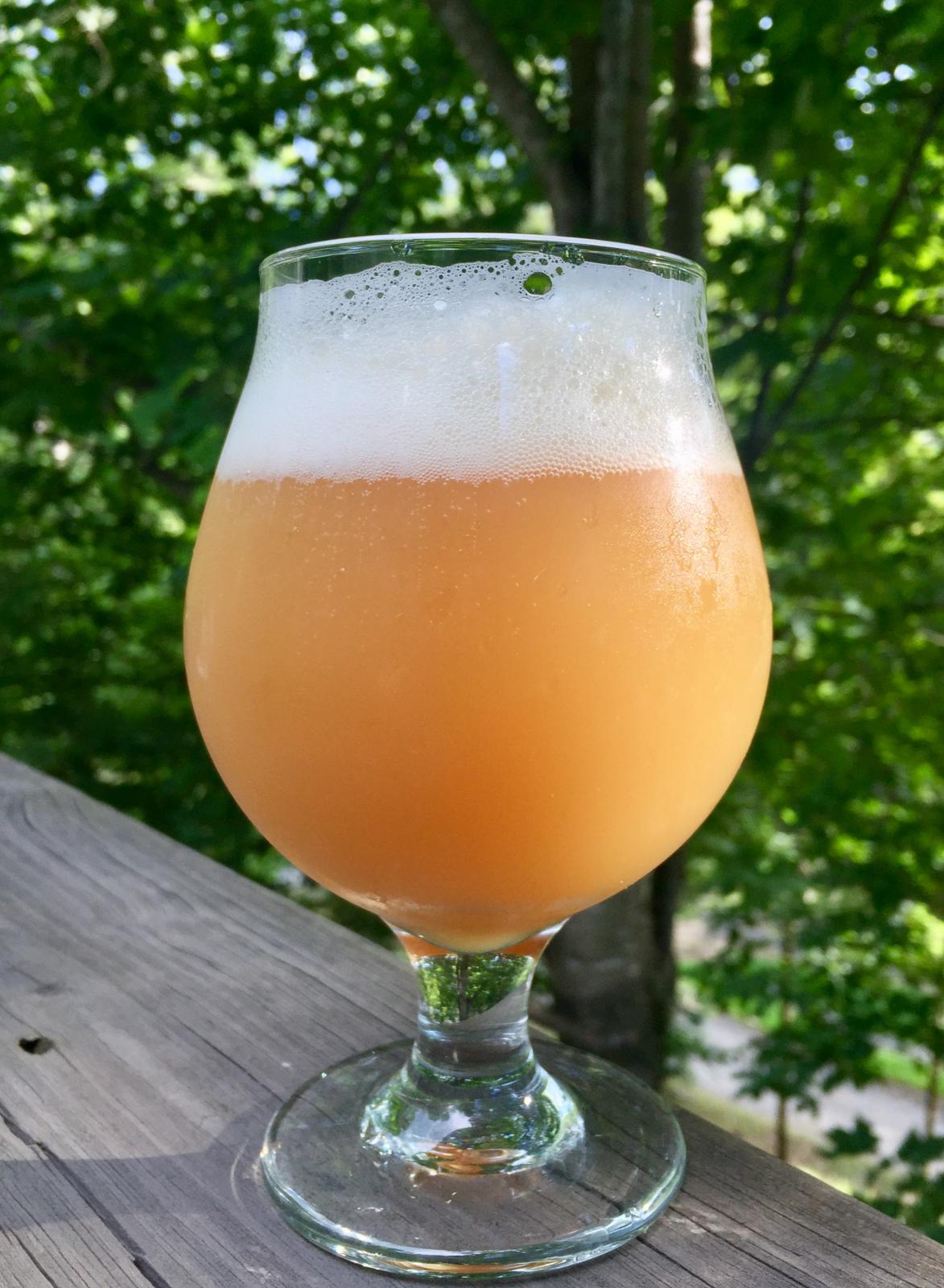overthebarsbrewing
Well-Known Member
- Joined
- Aug 3, 2017
- Messages
- 45
- Reaction score
- 34
I'm really glad you are using a "control" with the 1318! If I had the capabilities in my setup, would have done something similar. My only concern with batch 3 is that the WB-06 is the most attenuative, so you will likely be at FG when adding, or farther away from the real FG than you think, if that makes sense. Not sure it's a huge issue though...
Yes, I decided to do this yeast pitch schedule with the following amalgamation of thoughts in mind (thanks to the many that have contributed in this thread!):
1.) Underpitch S-04 and T-58 first at ~75F starting temp with no oxygenation
Rationale:
--S-04 & T-58 are very quick fermenters; according to Fermentis data, should reach their max attenuation somewhere between 2-3d after start of fermentation
--T-58 seems to produce more fruity/juicy esters at higher temps
--Both of these strains produce moderate esters and do not ferment maltotriose well (both leave ~20 g/L of residual sugars, ~1/2 of which is maltotriose)
2.) Target pitching WB-06 and adding fermentation dry hops when SG is down to ~4-6pts above final SG
Rationale:
--WB-06 produces lots of esters, has a high attenuation, and ferments maltotriose. Adding a smaller amount nearing the end of previous fermentation should hopefully: (1) make it a bit more stressed to produce more esters due to small pitching amount, availability of mainly complex sugar sources, low wort oxygen content, and (2) slower WB-06 fermentation could make esters stay in the wort.
I am unsure if it will still plow through the remaining complex sugars and over-attenuate. But you only know if you try it, I guess!

































![Craft A Brew - Safale BE-256 Yeast - Fermentis - Belgian Ale Dry Yeast - For Belgian & Strong Ales - Ingredients for Home Brewing - Beer Making Supplies - [3 Pack]](https://m.media-amazon.com/images/I/51bcKEwQmWL._SL500_.jpg)



























